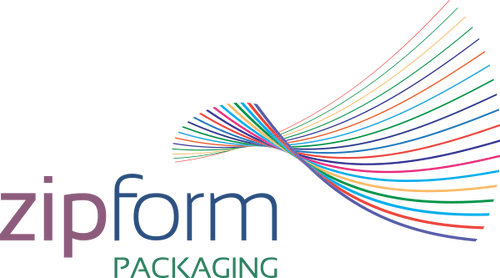Composite Packaging Specialists
Our ability to solve packaging problems with new thinking, technology and materials comes from our expertise in linear formed fibre. Our production techniques and ever expanding product options allow us to replace more fossil-fuel based plastic and also metal components with fibre to improve recyclability outcomes.
Competitive pricing comes from our advanced technologies and production processes, and our focus on replacing more expensive and less sustainable materials, with fibre.
Explaining Composite Packs
Examples of composite materials feature everywhere in our daily lives from motor vehicles (carbon fibre) to houses (timber, steel reinforced concrete and synthetic laminates) and clothing (combinations of synthetic fibres and/or natural fibres).
"The principal of composite materials is based on combining materials to allow us to maximise their strengths and at the same time minimise their weaknesses. The end result, is a superior material for the job at hand, in our case, packaging.”
David Kilpatrick, Zipform Packaging Research & Quality Director
Zipform Packaging linear formed composite packs combine different materials to produce a set of outcomes that could not be achieved by using single materials. Those outcomes include the key benefits we deliver - environmental, functional and aesthetic.
Linear Formed Composite Pack Benefits
A composite pack is a cost effective, hermetically sealed, rigid, lightweight and environmentally intelligent alternative to folding cartons, metal cans, glass jars, plastic containers and ‘bag in a box’ packaging. They can be used as either primary or secondary packaging. They contain over 60% post consumer recycled content.
A composite pack is mainly composed of a body, a fibre bottom closure with conduction top sealing performed post filling..
The body is made from a series of (typically 4) plies with the flexibility to choose a range of materials and combinations. The specification best suited to any individual application will be based on the specific required outcome for customers in terms of light, moisture and oxygen barriers, aesthetic appeal, weight, strength and cost.
The Zipform Packaging Process - Linear Formed Packs
Zipform Packaging use the Linear Forming process because it gives us a superior product, with a simplified and more flexible process.
Linear Formed Packs are produced by drawing the materials through the gluing section and then through the tooling (body making) process before the tube is cut into individual packs using a photoelectric sensor to ‘read’ the label. The complete pack is made in a single process, length changes are controlled by artwork and most importantly, the shape of the pack is infinitely variable.
Alternatives
The alternative composite pack manufacturing processes in most cases will prove to be inferior to the Linear Draw process because they deliver a less-smooth finish, with more layering visible.
They will also most often involve a separate process for labelling, which adds significantly to the overall cost, while the Zipform Packaging process allows the consumer facing decoration to be an integral part of the pack.
The most common alternatives to the Linear Forming process are known as Convolute Wound and Spiral Wound Packaging.
For a more detailed explanation of the advantages Zipform Packaging offers, please contact us. We are always happy to help by explaining the options and identifying the main benefits for your company.
